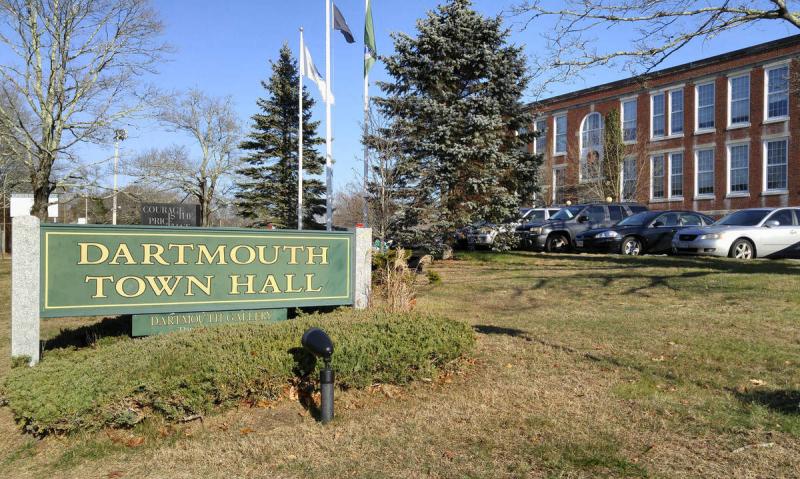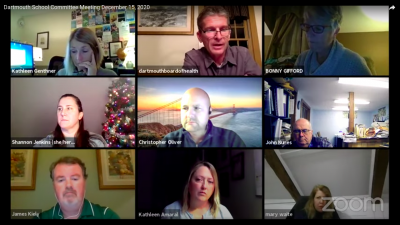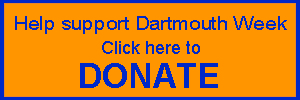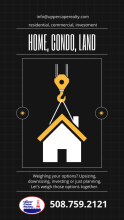Behind the surge: Here’s what officials are doing to stop Covid
The holiday season has brought the fall Covid-19 surge to new heights, as families gather despite state guidelines asking residents to stay at home. Here’s what health officials are doing behind the scenes.
Board of Health
Dartmouth’s Board of Health has increased its nursing staff from around two over the summer to up to five or six contact tracers, according to Public Health Director Chris Michaud.
Board of Health nurses are notified of positive cases either from a state database or from what Michaud called “live information,” when a resident or employer calls the department to let them know as soon as an individual tests positive.
“As the information comes in to us, we call each resident that tests positive,” stated one of the town’s nurses, who asked to remain anonymous. “We discuss what isolation looks like, and we work with the person.”
Nurses discuss logistics for isolating at home — including working from home options — and also offer support and resources for the person to get food, medical supplies, diapers, or any other necessities delivered to their house.
They also ask the person to think about a list of possible contacts, or people to whom they may have transmitted the virus before taking the Covid test or coming down with symptoms.
Most people have around 10-15 contacts — but the nurse was clear that they do not ask what the person has been up to during the tracing calls.
“We don’t call with a judgement, we call to gather data,” she said, adding that everyone has for the most part been open and honest with them.
“I don’t know about you, but I don’t know what I did yesterday, let alone a week ago,” the nurse noted with a laugh. “Communication is really important, and the timeline.”
Along with resources, sometimes the nurses just offer a point of human connection in a difficult time.
“It’s not just making phone calls and collecting data, but trying to make sure that residents are okay,” the nurse said. “This is a very emotional virus — people have maybe just lost a loved one, or just had a baby...What nurses provide is support.”
She remembered one instance of a woman who was crying over the phone because she had been told by the hospital that her husband only had an hour to live — so a fellow nurse continued to call and check in on her.
“Everyone has their own stressors, and it’s a lot, especially after months of this,” Michaud noted. “Sometimes just hearing a voice that’s just ‘How are you’ — that’s huge. So there’s great value in these calls.”
Although for most of the year Dartmouth has done its own contact tracing, during the fall surge the volume just became “too much,” Michaud said. “So we turned it over to the CTC.”
Community Tracing Collaborative
The CTC, a body set up by the state to help support local health departments with contact tracing, calls each positive case for a list of contacts.
Collaborative workers then contact everyone on the list to let them know they may have been exposed to the virus and should quarantine for seven to 14 days.
For Dartmouth alone — which now has 150-200+ people testing positive weekly — this can mean thousands of calls each week.
“We have a staff now of close to 2,000 people,” said CTC Executive Director John Welch, noting that other towns — especially those with fewer people or a larger case volume — may not even make an initial outreach call.
“As soon as you talk to those contacts, and you ask them to start quarantining, really what you’re doing there is you’re trying to break the chain of transmission,” he explained. “By quarantining those who may test positive, you’re trying to stop the spread to other people.”
People who test positive receive a phone call within six hours, Welch stated, with multiple follow-up calls if necessary.
“We leave voicemails, texts, we call back [repeatedly.] We really want to talk to people,” agreed Michaud. “Right now we’re pretty much capping every available hour that we can acquire from our nurses.”
Schools
Officials and nursing staff in the Dartmouth Public Schools are also doing their own contact tracing work, as Superintendent Dr. Bonny Gifford and School Business Administrator Jim Kiely outlined at a School Committee meeting on Dec. 21.
Gifford noted that school principals are normally responsible for contact tracing within the schools, speaking with teachers, coaches, and support staff for each student and any of their siblings to determine close contacts.
“It’s not just teachers,” noted Kiely. “It’s playground monitors, teaching assistants, different staff throughout the buildings.”
As for buses, he added, “On Sunday I went over to Tremblays [Bus Company] to pick up these little drives with bus videos on them — what that involves is seeing who is within six feet of students who have tested positive, and for how long.”
Just identifying close contacts can take a lot of work, Kiely noted. “These Quinn cases took all weekend,” he said of a recent incident in which a few students at Quinn School tested positive.
“It’s been a lot on a lot of people to do this,” he added.
Continuing surge
Health officials stressed the importance of continuing to follow social distancing and other safety guidelines through New Year’s and the rest of the winter.
“The darkest part of winter is ahead,” noted Michaud. “People will still want to go over people’s houses at the holidays. Now is not the time — It’s the most dangerous time right now to be doing this.”
“There’s a lot of talk about vaccines — that’s still a ways out. We only have a limited capacity in our hospitals,” he added. “Now more so than ever, we need to be listening to these recommendations from our leaders and following them very strictly.”
“Believe me, I cannot wait to close the CTC,” said Welch. “That will be a day of celebration. I’ll have to lay off 2,000 workers, but we all can’t wait for that day.”
Tips, FAQs, and guidelines on Covid-19 can be found at mass.gov/isol8.














